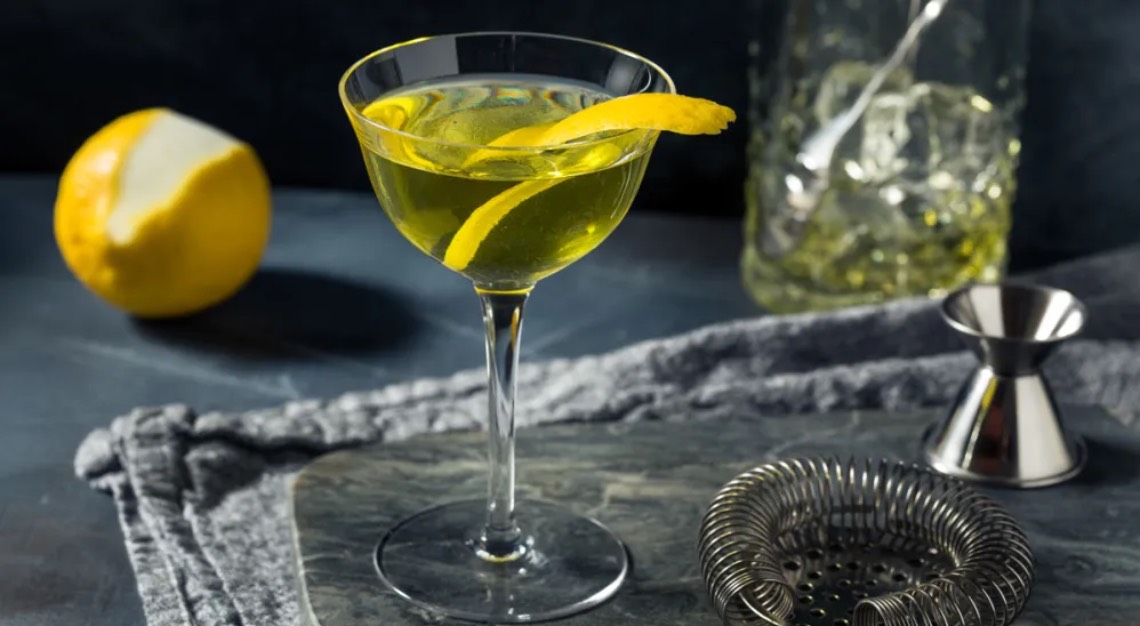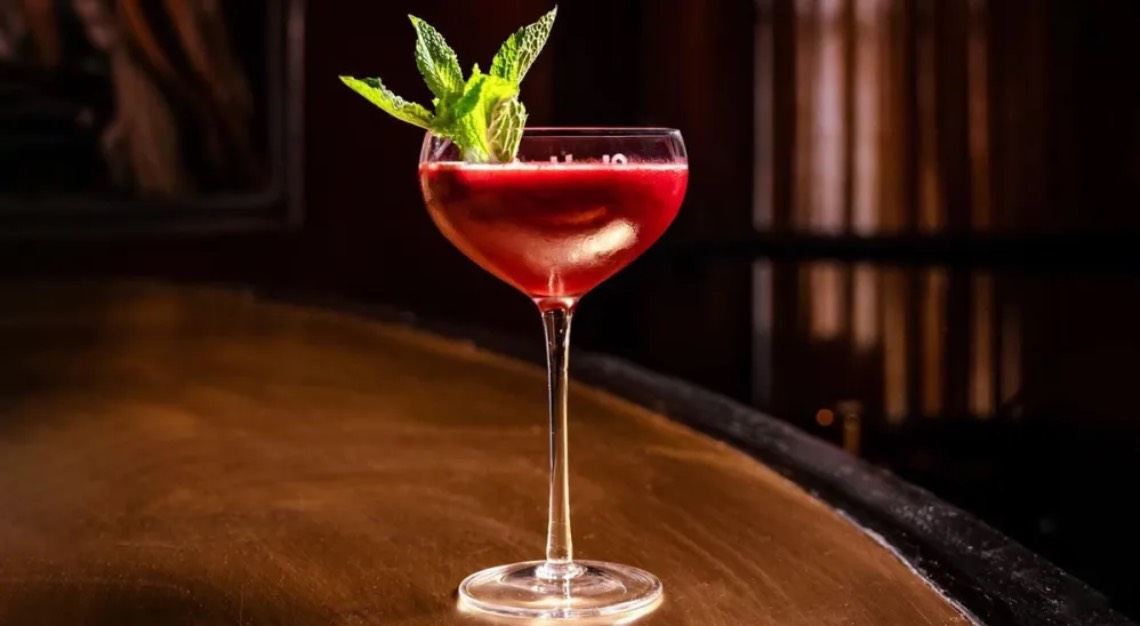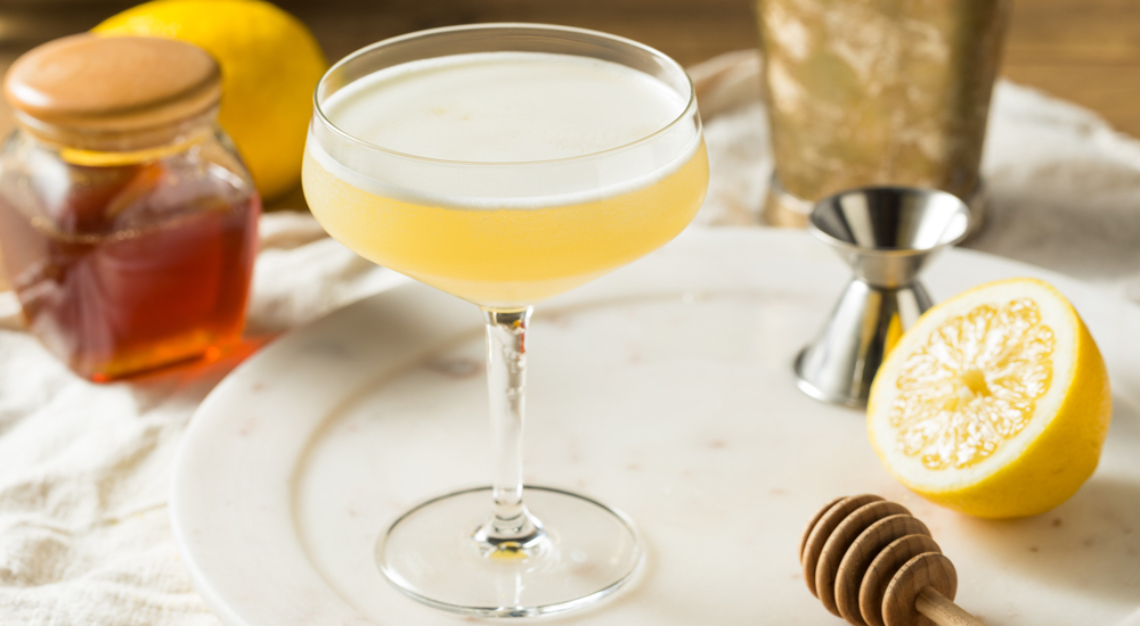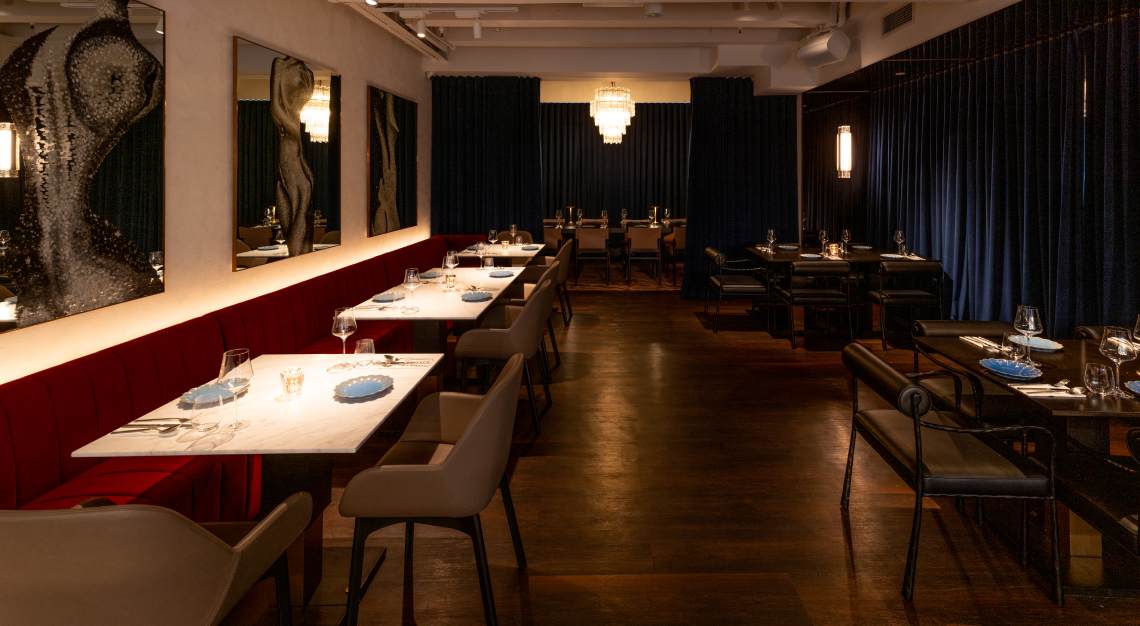Meet the Enzoni, the distant cousin of the Negroni and the rare cocktail with grapes
The Enzoni is so good, it makes you, in a single sip, suddenly realise and then be puzzled by the fact that you’ve likely never had green grapes in a cocktail before. Why not? It feels like realising that in the company of a maple doughnut, bacon can be a great dessert, or like listening to Tchaikovsky’s 1812 Overture and wondering why more composers don’t punctuate their songs with field cannons. It offers the impression that such a thing could (and perhaps should) be broadly applied—an impression that is, in the case of grapes in cocktails (to say nothing of pork in sweets or artillery in music), an illusion.
Let’s zoom out: I feel like I’m on pretty firm ground when I say that as a civilisation, we enjoy beverages with grapes (see: grape juice for children, grape soda for teenagers, and for adults of course wine, about which humans have been obsessing for the last 8,000 years), and yet still, the Enzoni stands alone. Grapes are cheap, abundant, delicious, and popular, but the Enzoni is the only even moderately famous grape cocktail anyone could name. If you went to 100 cocktail bars, I’d be surprised if you found two of them that stocked green grapes alongside the ubiquitous raspberries and black cherries and mint.
None of this mattered to Italian bartender Vincenzo Errico in 2001, when he was working at a place called Match in London and trying to figure out a way to make Campari accessible to the English palate. Italians have enjoyed a love affair with bitter flavors for centuries (their aperitivos and digestivos) and drink bitter liqueurs like Campari and Fernet Branca as a matter of course, but to the uninitiated, Campari’s flagship cocktail, the inimitable Negroni, is too aggressive. So Errico kept the gin, but replaced the vermouth in a Negroni with the push-and-pull of a little lemon and sugar, and in a moment of inspiration, freshly muddled green grapes, and for a name, landed on a portmanteau of his nickname “Enzo” and, of course, “Negroni.”
The Enzoni is a phenomenal little drink, a true summer banger. It’s bright and refreshing, bitter and sweet, but its unique gift is its irrepressible juicy exuberance. The aforementioned illusion about grapes is that they should be in everything; they shouldn’t. Grapes are surprisingly subtle in a cocktail—they don’t offer flavor as much as they give the cocktail shape and a broad refreshing quality, disappearing behind the other ingredients, and in the balance tend to add a layer of noise that distracts from the clarity of what you’re trying to achieve. In other words, they’re not bold enough to be the main character, but too present to completely blend in. The reason the Enzoni is so special is that it has plenty of boldness, but what it doesn’t have is the right shape. It needs the grapes.
Try an Enzoni without grapes and it starts good enough but becomes a disjointed mess in the mid-palate and finish, all angular and sharp. But add muddled green grapes and suddenly it’s a slip-and-slide, juicy and rounded, still bitter yes but with a mouth-watering midpalate that bursts out of the glass. It’s a powerful liquid argument—perhaps not for grapes in all cocktails, but certainly for grapes in this one. Have one in the sunny late afternoon and reflect on all you’ve been missing.
Enzoni
- 1 oz. gin
- 1 oz. Campari
- 0.75 oz. lemon Juice
- 0.5 oz. simple syrup
- 5-6 green grapes
- Small pinch of salt, optional
Add grapes to a cocktail shaker and briefly smash with a muddler or something blunt—you’re looking to break the skins and press fruit, not pulverise it into jelly. Add liquids and ice, seal the shaker and shake hard for six to eight seconds. Strain over fresh ice in a rocks glass and garnish with some more grapes on a pick and, if you feel like it, an orange slice.
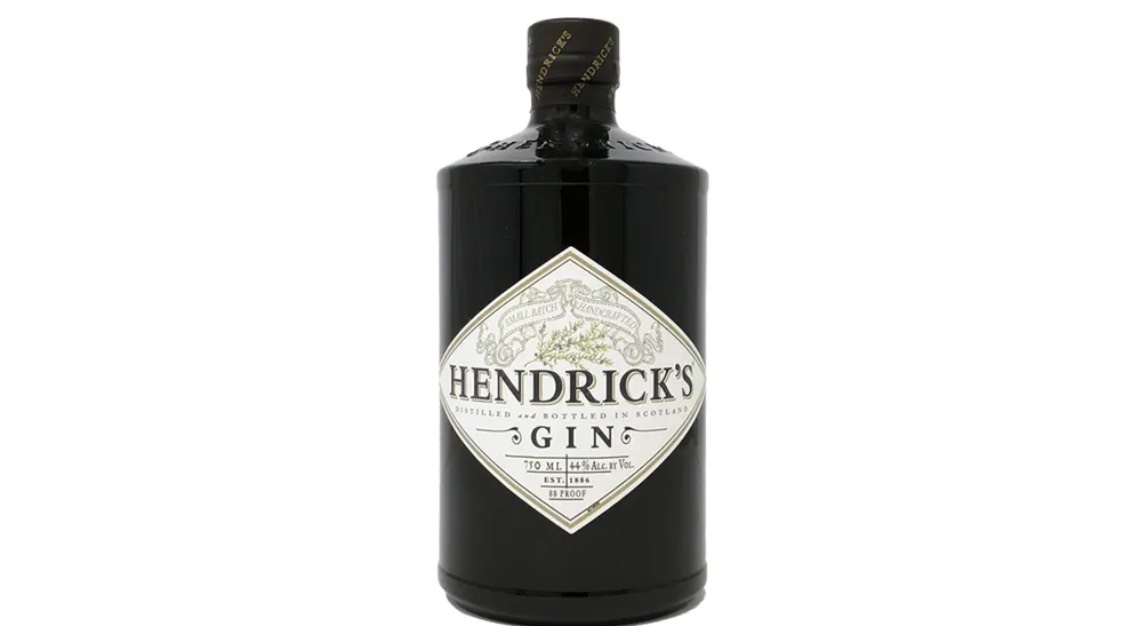
Notes on ingredients
Gin: This is good with most, if not all, gins. I only tried a half-dozen side-by-side but found them all to work pretty well and showcase their inherent character, which is to say, if you have a favorite gin, it will work here. That said, I had some favorites—Hendrick’s took the day for me with its rose-petal florals and subtle juniper. Also great was Bombay Sapphire, the earthiness adding depth in the midpalate and making the whole experience more dynamic.
Grapes: Some YouTubers and bloggers have made this with red or concord grapes as opposed to the original green grapes, claiming them to be superior. I do not agree. I know why they’re saying it—I too tried red grapes side-by-side, and I too, noticed a difference: Red grapes, as with red wine, come with a brighter red berry-like fruitiness and are otherwise more present in the drink, contributing to the flavor profile in a way that green grapes simply don’t. This is good and perfectly tasty, though in my opinion, not better—I think the magic of this drink is how clean the profile is while the grapes do their behind-the-scenes work, and red grapes step on the toes of the other ingredients a bit.
Campari: It needs Campari, or something like it. A less bitter (Aperol) version could work but you’d need to add something to it like Amaro Meletti—the bitterness is a load-bearing wall here, remove it and the whole project becomes too sweet and simple. I’ve tried a few of Campari’s competitors and the only one worth talking about is Cynar, which completely changes the nature of the drink but makes something that’s still pretty good. But at the end of the day, honestly, I’d just use Campari.
This story was first published on Robb Report USA. Featured photo by SimpleImages/Getty Images

